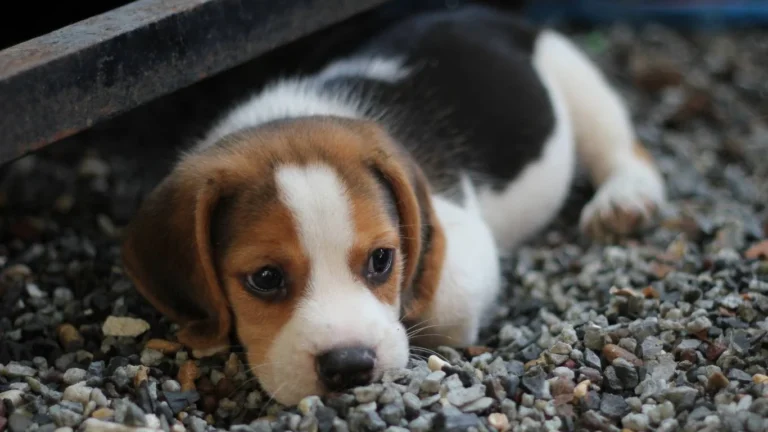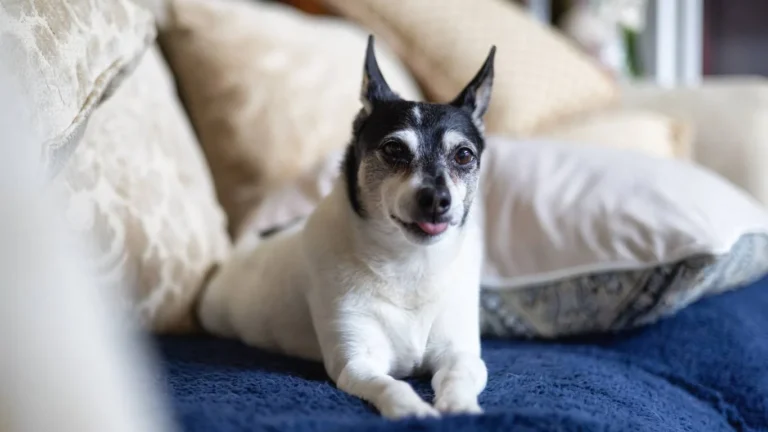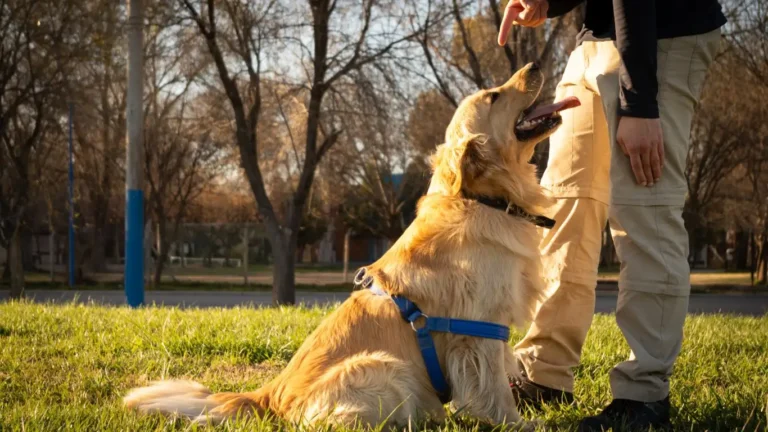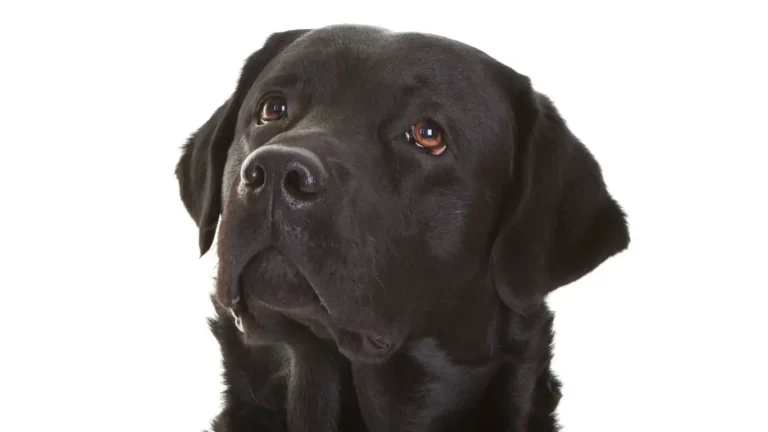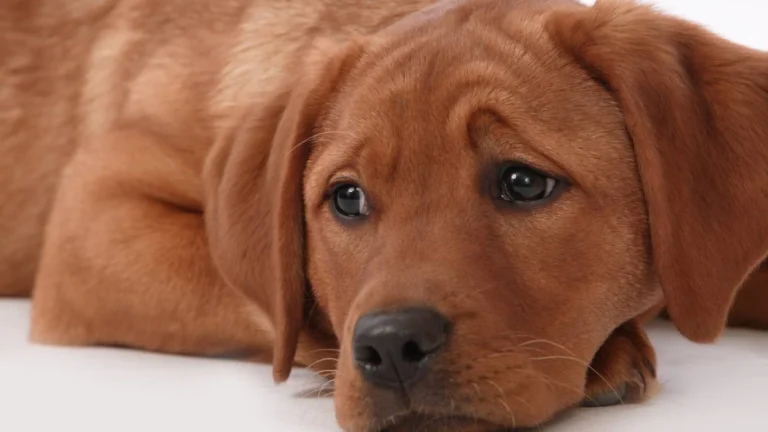Proven Techniques for House Training a Dog Without Stress
Bringing a new dog into your home is an exciting adventure, but with that excitement comes responsibility, especially when it comes to house training. As a veterinary technician specializing in nutrition, I’ve seen firsthand how important early training is for a dog’s well-being and your peace of mind. It’s one of the first things we teach our puppies or adopted dogs. But let’s be honest – house training isn’t always a walk in the park. It requires patience, consistency, and the right techniques to make sure your furry friend learns the ropes quickly and effectively. In this guide, I’ll share the best techniques for house training a dog, all from a professional perspective and with a personal touch.
Understanding the Basics of House Training
Before diving into the specific techniques, it’s crucial to understand what house training is all about. At its core, house training is teaching your dog where it’s appropriate to go to the bathroom. For puppies, this process begins as soon as they are old enough to learn, which is generally around 8 weeks of age. However, older dogs can also be house trained with some patience and time.
Dogs are creatures of habit, so it’s essential to establish a consistent routine. They learn through repetition and positive reinforcement, meaning they need to be shown exactly where they should relieve themselves and rewarded for doing so. The key to success here is consistency – the more predictable you can make the process, the quicker your dog will learn.
The Importance of Timing and Consistency
One of the best techniques for house training a dog is setting up a clear and consistent schedule. Timing is everything when it comes to potty breaks. Dogs have a natural instinct to eliminate after eating, drinking, playing, or waking up. By understanding these natural patterns, you can anticipate when your dog will need to go outside.
For example, I recommend taking your dog outside first thing in the morning, after meals, and right before bedtime. In addition, keeping an eye on their behavior is key. Dogs often give signs when they need to go, such as sniffing the ground, circling, or heading to the door. These are cues that should never be ignored. The more consistent you are with these breaks, the faster your dog will learn where to go.
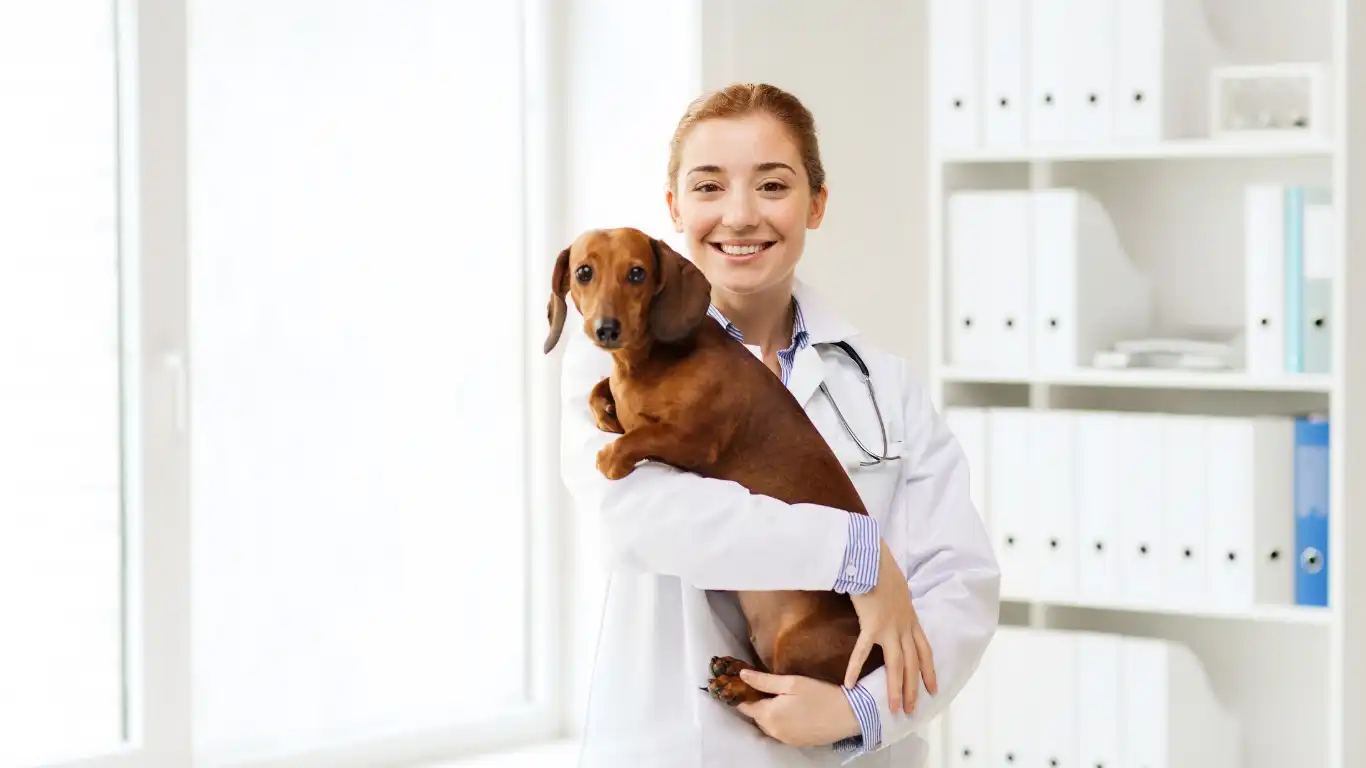
Setting Up a Designated Potty Area
When you’re house training a dog, one of the best things you can do is set up a designated potty area outside. Having a specific spot where your dog is supposed to relieve themselves helps them understand the purpose of going outside. This technique works well for both puppies and older dogs.
Choose an area in your yard that’s easy for your dog to access, and preferably, one that’s free from distractions. It should be quiet and calm so your dog can focus on doing their business. Once you’ve chosen the area, consistently take your dog there every time they need to go. They’ll begin to associate this spot with going to the bathroom, which will help them learn faster.
Using Positive Reinforcement
Positive reinforcement is one of the most effective techniques for house training a dog. When your dog successfully eliminates in the designated potty area, it’s essential to praise them immediately. Dogs respond well to rewards, and your praise can be as simple as saying, “Good job!” in an enthusiastic tone or offering a treat. This positive reinforcement lets your dog know they did the right thing, and it motivates them to keep repeating the behavior.
It’s also important to make sure the reward happens within a few seconds of your dog finishing their business. Timing is everything with positive reinforcement. If you wait too long, they may not connect the reward with the action. Over time, your dog will start to associate going outside with getting a treat or praise, making house training smoother and quicker.
Crate Training as a Helpful Tool
Crate training is another fantastic technique that can help you with house training your dog. A crate provides a safe, enclosed space where your dog can rest, and more importantly, it helps them hold their bladder until they’re let outside. Dogs instinctively avoid soiling their sleeping area, so a crate can be a powerful tool in teaching them when and where it’s appropriate to go.
Start by introducing your dog to the crate in a positive way, making it a cozy and inviting space with a comfortable bed and toys. Gradually, increase the amount of time your dog spends in the crate. The goal is to teach them to hold it until they’re let outside. Be mindful, though, not to leave your dog in the crate for extended periods without a potty break, especially during the early stages of training.
Avoiding Common Mistakes
House training a dog isn’t without its challenges, and it’s easy to make mistakes that can slow down the process. One of the biggest mistakes is punishing your dog for accidents. Dogs don’t understand punishment in the way humans do, and scolding them after an accident can confuse them and make them fearful. Instead, focus on rewarding the correct behavior and cleaning up accidents without making a big fuss.
Another mistake is not being consistent. It’s tempting to get frustrated if things don’t go as planned, but consistency is key. Stick to your routine, and your dog will eventually get the hang of it.

Handling Accidents: What to Do When Things Go Wrong
Accidents are a natural part of house training. Even the best-trained dogs have an occasional slip-up, so it’s important to handle accidents calmly. The key is to never punish your dog for having an accident. Instead, focus on cleaning up the mess thoroughly and ensuring that you’re providing enough opportunities for your dog to go outside.
When you find an accident inside, clean the area with an enzymatic cleaner to remove any lingering scents. Dogs are often drawn to areas where they’ve previously gone to the bathroom, so eliminating the scent will prevent your dog from going there again. In the future, make sure your dog has more frequent bathroom breaks, and take them outside immediately after any accidents.
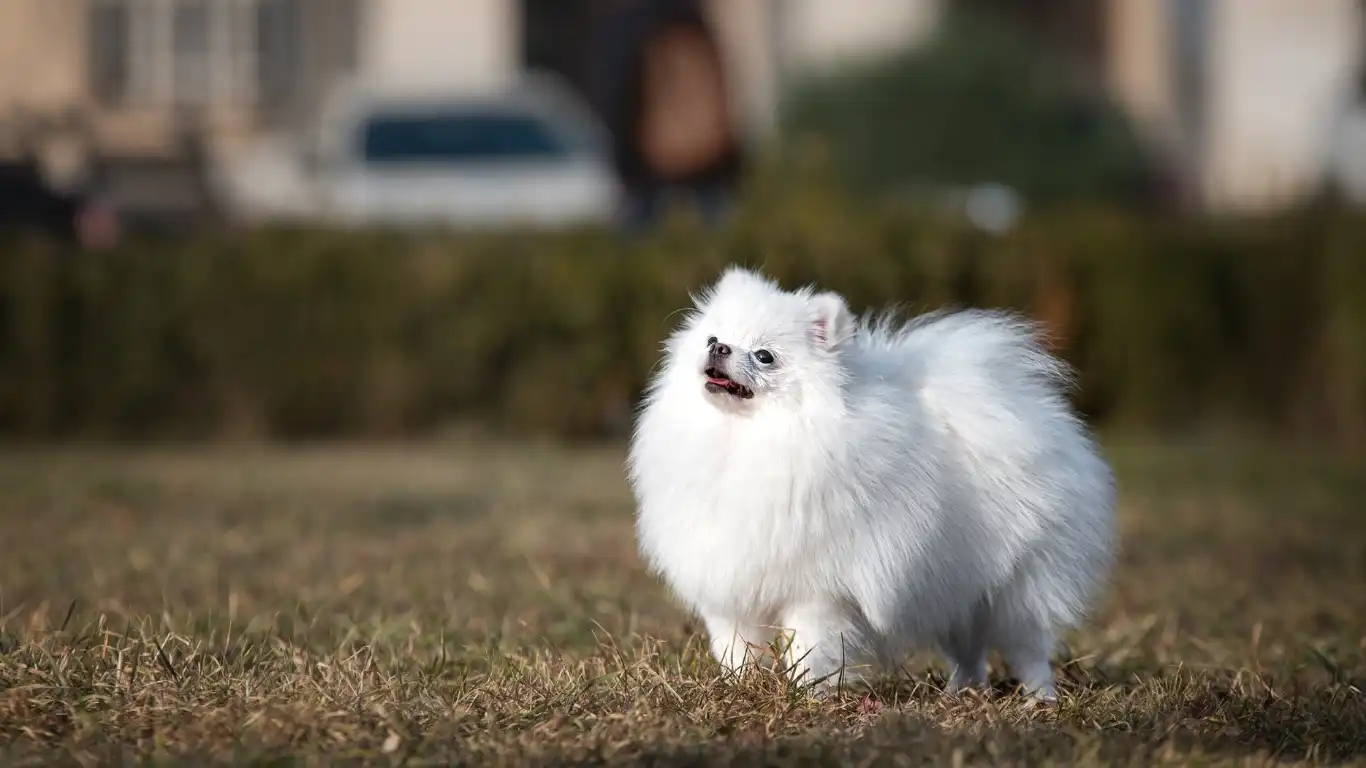
Dealing with Setbacks During the House Training Process
When you’re house training a dog, setbacks are inevitable, and it’s easy to get frustrated. I’ve worked with many pet owners who start to doubt their abilities when things don’t go according to plan. I’ve been there myself, especially when you’ve had a long, tiring day, and your dog has an accident indoors. But here’s the truth: setbacks are a natural part of the process. They don’t mean that you’re failing or that your dog is being stubborn; it just means that the training process isn’t a straight line – it’s full of learning curves!
One of the most common setbacks is the dreaded “regression” phase. This is when your dog seems to have forgotten everything they’ve learned and starts having accidents again. For example, your dog might have been doing great for weeks, only to suddenly start having accidents in the house. Don’t panic. Regression can happen for several reasons, such as changes in your dog’s environment, routine, or health. It’s also more common in young puppies who are still learning to control their bladders.
Why Do Setbacks Happen?
Setbacks can occur for various reasons, and understanding why can help you get back on track. Some common causes of setbacks include:
- Stress and Anxiety: Just like us, dogs can feel stressed out. Changes in the household, such as new people, pets, or even a move to a new home, can throw them off.
- Health Issues: If your dog suddenly starts having accidents, it might be a sign of a health issue like a urinary tract infection (UTI) or other medical conditions. Always rule out health problems by consulting your vet if the accidents persist.
- Not Enough Potty Breaks: Sometimes, the simplest explanation is that your dog isn’t being taken outside frequently enough. As your dog gets older, you may need to adjust the frequency of potty breaks to match their changing needs.
- Too Much Freedom Too Soon: Giving your dog too much freedom before they’re fully house trained can lead to accidents. Make sure you’re supervising them closely and sticking to their potty schedule.
So, what do you do if you experience a setback? First, take a deep breath. You’re not alone, and this is part of the process. Revisit the basics, increase supervision, and reinforce positive behaviors. Remember, it’s all about consistency!
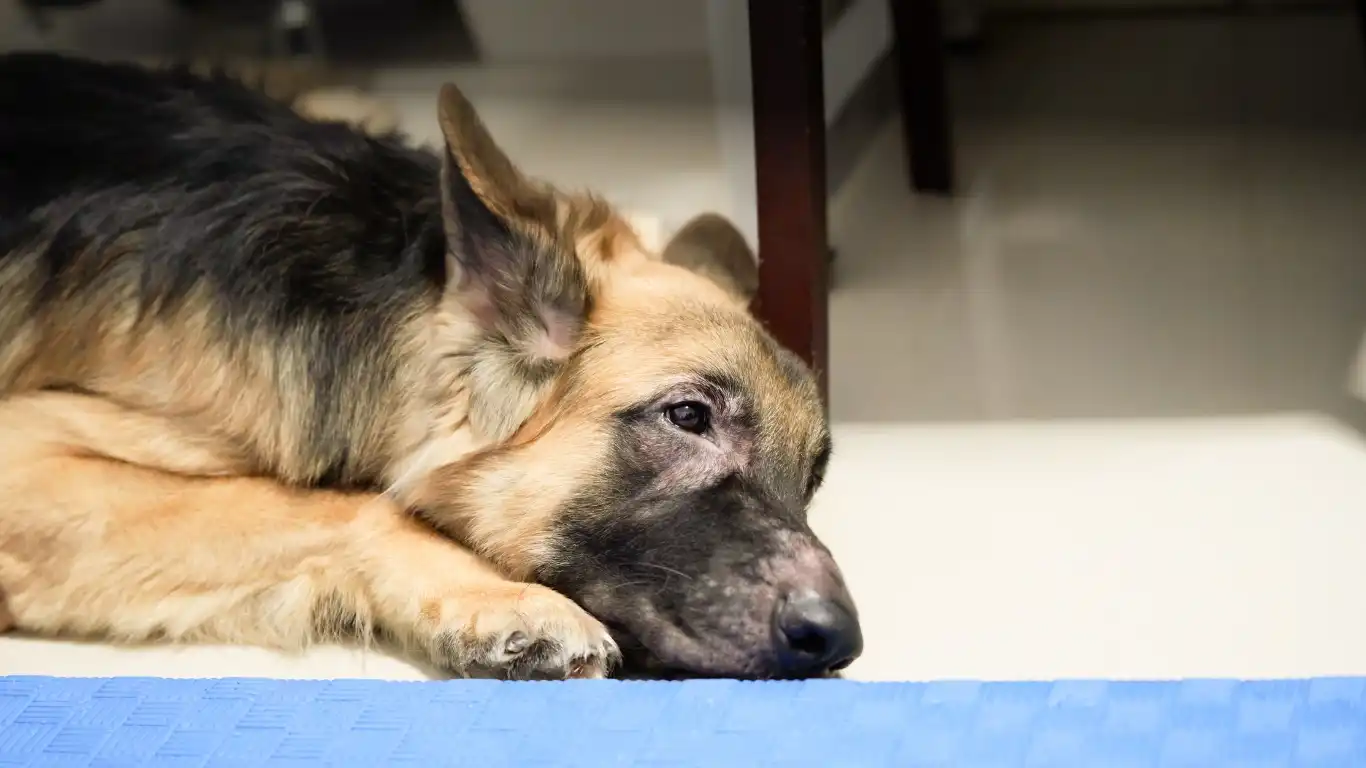
Potty Training for Adult Dogs: It’s Never Too Late!
When it comes to house training, most people think it’s only for puppies. But what if you’ve adopted an older dog or you’ve been struggling to house train your adult dog? It’s definitely not too late to train them – it just might take a bit more patience and a slightly different approach. I’ve worked with plenty of adult dogs who were able to learn proper potty habits, and with the right training, you can have the same success.
The key difference with adult dogs is that they might have already developed bad habits or have been living in a less structured environment. However, just like puppies, they can still be taught to go outside and eliminate in the right place. The process will be similar but may require a bit more time to break old habits and establish new ones.
How to Train an Adult Dog
When house training an adult dog, it’s crucial to be patient and understanding. Here are some tips for making the process smoother:
- Establish a Routine: Just like with puppies, adult dogs thrive on a predictable routine. Make sure you’re feeding them at the same time each day, and provide potty breaks at regular intervals, especially after meals, naps, and play sessions.
- Increase Supervision: Until your adult dog is fully trained, you’ll need to keep a close eye on them. This means no free-roaming in the house until they’re reliably going outside. Leash your dog to you or keep them in a crate when you can’t supervise.
- Address Any Health Issues: If your adult dog is having accidents despite a consistent routine, make sure to consult with your vet. Health issues like UTIs or bladder problems can sometimes cause potty accidents in older dogs.
- Reward Good Behavior: Adult dogs respond well to positive reinforcement. Always praise them when they go outside, and make sure the reward is immediate so they can associate the behavior with the treat or praise.
It’s important to note that while adult dogs can take longer to train than puppies, they also tend to learn more quickly once they understand the routine. With a little patience and consistency, your adult dog will get the hang of it in no time!
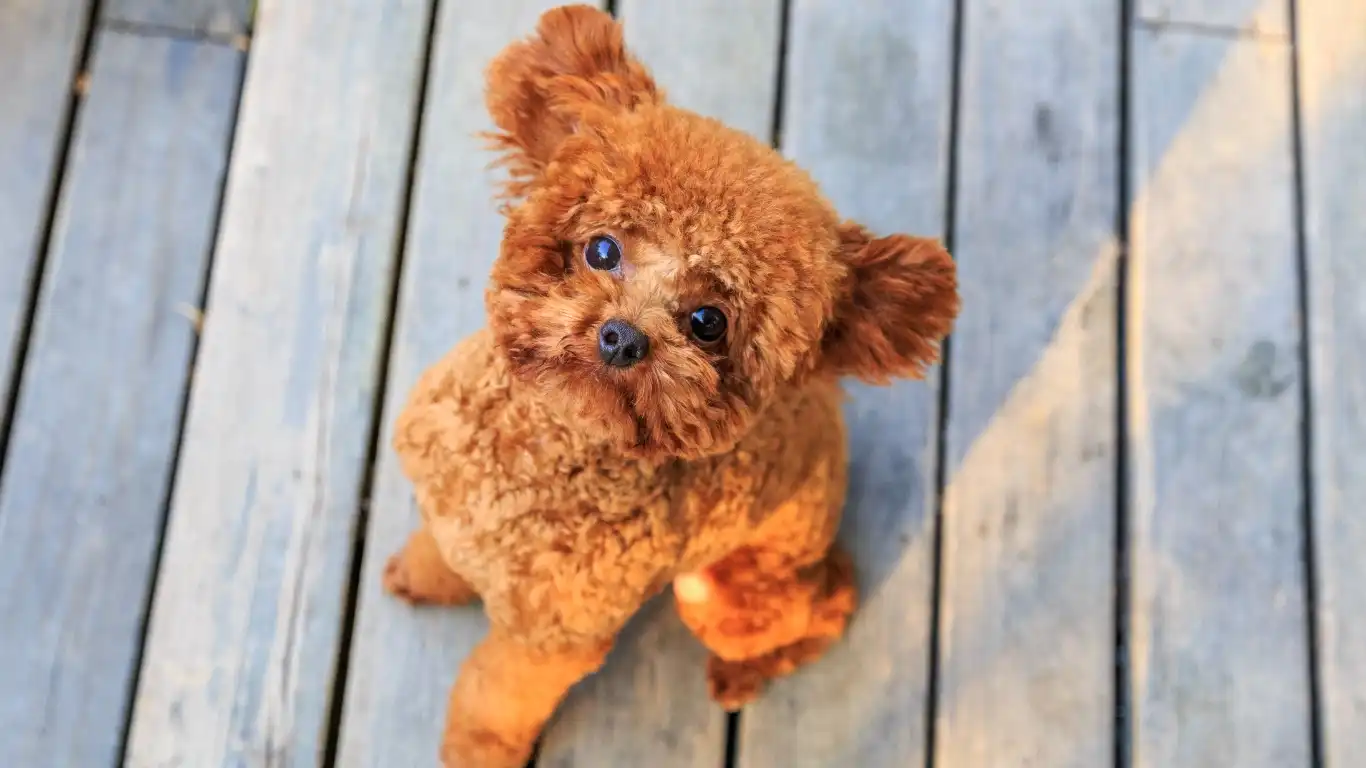
Using Training Pads: A Useful Tool for Some Dogs
Training pads, also known as potty pads, can be a helpful tool in certain situations, especially for those living in apartments, people with limited access to outdoor spaces, or older dogs that can’t hold it as long as they used to. These pads provide a designated spot inside where your dog can relieve themselves when you’re not able to take them outside right away.
While some people use training pads as a permanent solution, I believe they should be seen as a temporary aid. Eventually, your dog should learn to go outside, as going outdoors is a more natural behavior for dogs. However, in the meantime, training pads can help bridge the gap, especially if you’re in a situation where outdoor access is limited or during bad weather.
How to Use Training Pads Effectively
Here are some tips to help you get the most out of using training pads:
- Choose the Right Spot: Just like with outdoor potty training, you’ll want to pick a quiet, consistent spot for the training pad. Dogs like consistency, so make sure the pad is always in the same place.
- Gradually Move to Outdoors: If you want your dog to eventually eliminate outside, you can start by moving the training pad closer to the door. Over time, you can transition to taking your dog outside instead of using the pad.
- Don’t Overuse the Pads: If you use the pads for too long, your dog may become accustomed to relieving themselves inside. Use them as a temporary solution and work towards taking them outside regularly.
Training pads are certainly a helpful tool, but they shouldn’t be relied upon long-term if your goal is to train your dog to go outside. With time and patience, your dog will learn to eliminate outdoors as part of their regular routine.
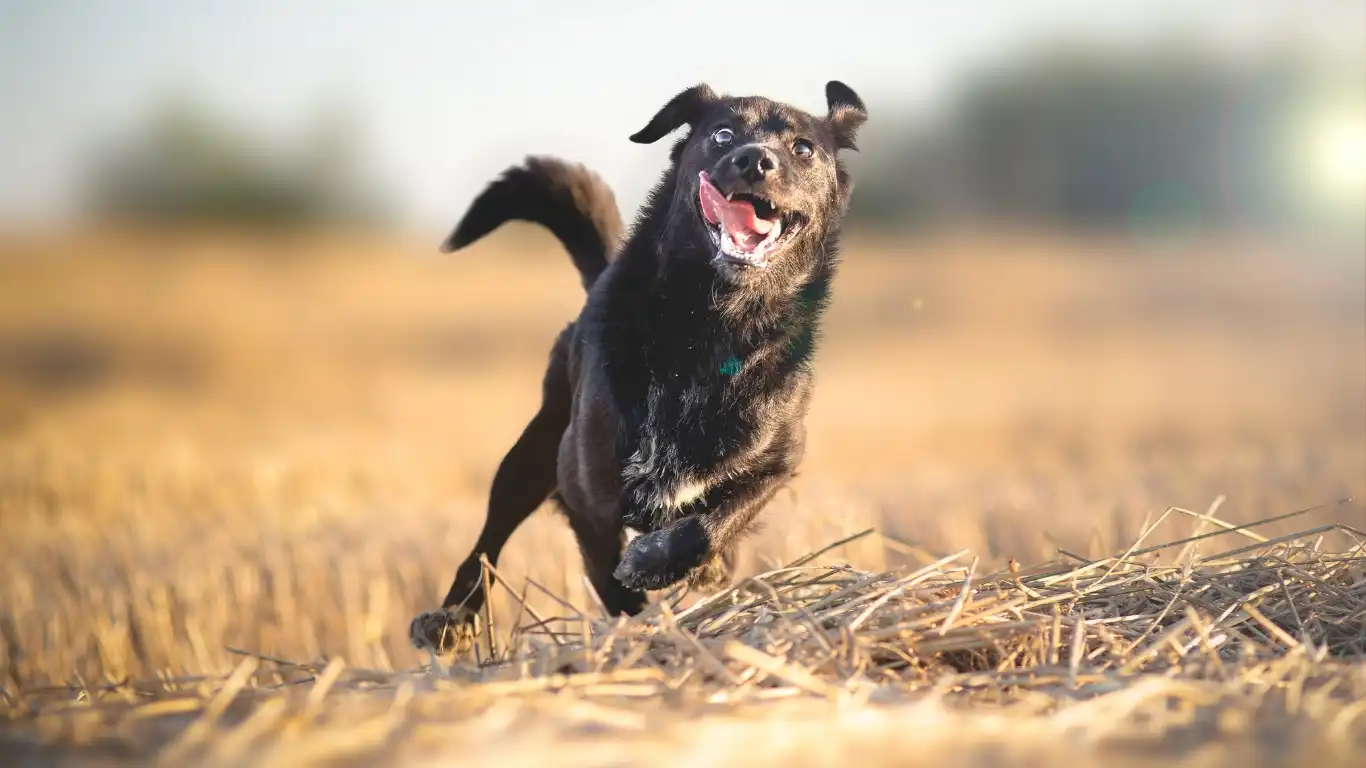
Transitioning From Training to Routine: Making It Stick Long-Term
So you’ve been consistent, patient, and your pup is finally starting to get it—hallelujah! But here’s the thing: house training doesn’t just end with a few weeks of no accidents. To make those good habits stick, you’ve gotta transition from active training to a reliable, long-term routine. This is where I see a lot of pet parents accidentally backtrack. As a vet tech who’s seen it all—from enthusiastic first-time puppy owners to seasoned dog parents tackling their fifth rescue—believe me when I say this stage is just as important as day one.
When your dog starts to consistently go outside without accidents, it can be tempting to ease up a little. Maybe let them roam a bit more freely or reduce the number of daily potty breaks. Totally understandable. But before you do that, make sure the habits are deeply ingrained.
Stick With the Schedule (Even If It Feels Redundant)
Think of it like muscle memory for your dog. Just because they’ve “got it” now doesn’t mean those behaviors can’t fade. Maintaining a consistent routine—same potty spots, same feeding times, and the same “potty praise party” when they go—is key to reinforcing that this is the way things are done.
For my own dog, Max, it wasn’t until about the third month of consistent good behavior that I started to gradually loosen up on the supervision. By that time, I trusted him enough to leave him uncrated while I ran quick errands. Spoiler alert: no messes when I got back. That’s when I knew we were truly in the clear.

When to Seek Professional Help
Even with the best techniques for house training a dog, sometimes you just hit a wall. Whether it’s due to behavioral issues, past trauma (especially in rescues), or medical complications, there are cases where a little outside help can go a long way.
If your dog continues to have frequent accidents despite a consistent schedule and positive reinforcement, it may be time to bring in a trainer or talk to your vet. Behavioral trainers can pinpoint triggers or missed cues that might be flying under your radar. And as I’ve said before (and I’ll keep saying it)—health issues are a major factor in potty problems. Don’t overlook the possibility of infections, digestive sensitivities, or even neurological issues.
There’s zero shame in reaching out for help. As someone in the veterinary field, I’d much rather see a pet parent ask for support early than let frustration turn into resentment or punishment. Your dog isn’t trying to make your life harder—they might just need a little more tailored guidance.
Resources for Extra Support
Here are a few trusted resources I often recommend to clients:
- AKC – Great for breed-specific training tips and expert-backed methods.
- PetMD – Reliable articles on medical causes behind potty training setbacks.
- NIH – If you want to dive deeper into animal behavior studies and how they relate to learning.
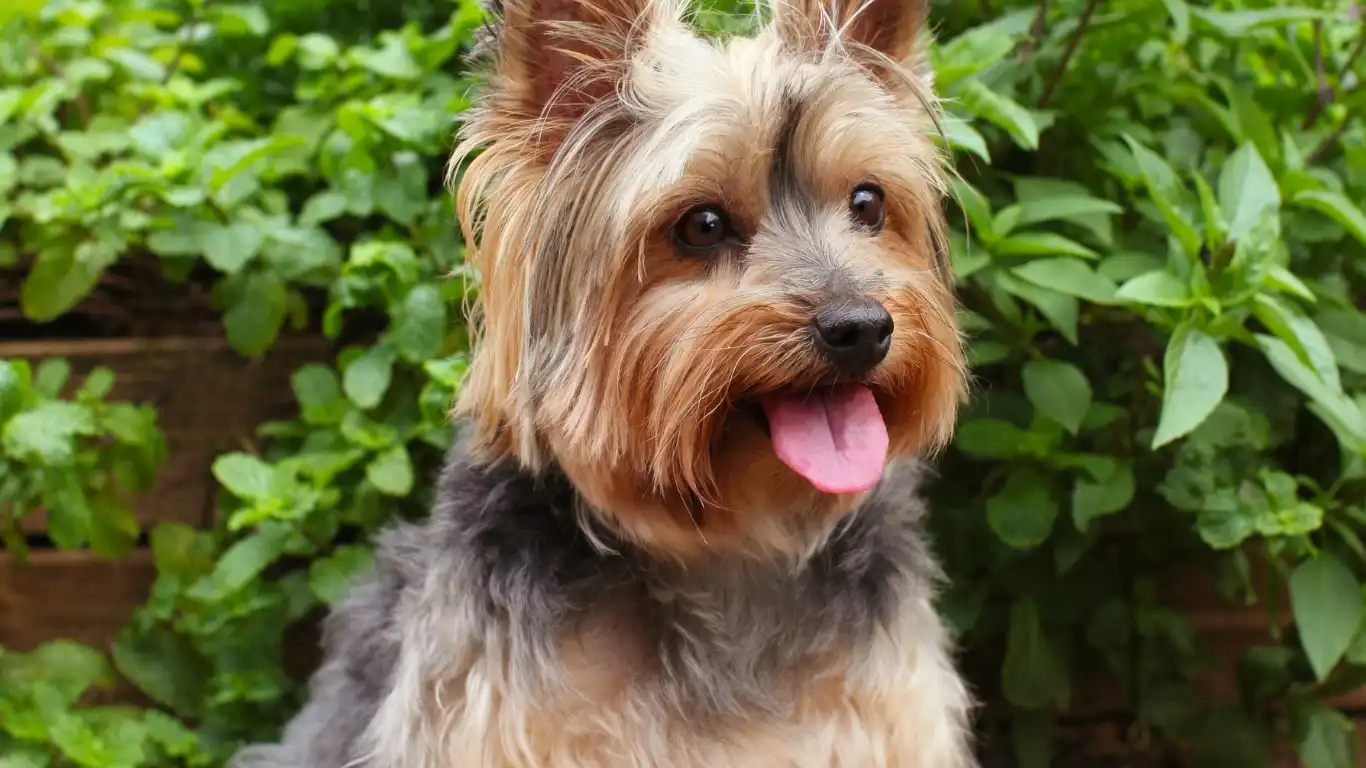
Tips for Maintaining Cleanliness and Sanitation During House Training
Let’s be real—house training means dealing with a lot of messes. Whether it’s pee puddles on your hardwood floor or a surprise accident on the rug (always the rug, right?), keeping your home clean and your dog’s environment sanitary is just part of the gig.
One of my go-to products in both the clinic and at home is an enzymatic cleaner. These cleaners break down the proteins in urine, eliminating the smell that encourages repeat offenses. Standard cleaning sprays or soap won’t do the trick. If your dog can still smell their old mistake, chances are they’ll return to the scene of the crime. Trust me, I’ve learned this one the hard way—more than once.
Essential House Training Cleanup Kit
Here’s a quick list of supplies I always recommend having on hand:
- Enzymatic Cleaner: Specifically designed to eliminate pet stains and odors.
- Absorbent Paper Towels: For quick cleanups before deeper sanitizing.
- Portable Carpet Spot Cleaner: Especially helpful for those middle-of-the-night “oops” moments.
- Dog-safe Disinfectant Wipes: For cleaning crates, floors, and training pads.
Also, wash your dog’s bedding frequently. If you’re crate training, keep that space clean and dry at all times. A clean environment encourages your pup to maintain good habits—they’re less likely to soil an area that smells fresh and neutral.
Final Thoughts: Patience, Praise, and Progress
If I could leave you with one big takeaway, it’s this: house training is a journey, not a sprint. There will be good days, messy days, and days you’re convinced your dog is doing it out of spite (spoiler: they’re not). But with the best techniques for house training a dog—consistency, positive reinforcement, structure, and a whole lotta love—you’ll get there.
It’s all about setting your pup up for success and celebrating progress, no matter how small. I’ve seen countless pet parents go from overwhelmed and exhausted to proud and confident—and there’s nothing more rewarding than that moment when your dog walks to the door and gives you “the look.” You know the one.
Whether you’re starting fresh with a new puppy or re-training a rescue, I hope this guide gave you the tools (and confidence!) to make house training a smoother, more successful experience. You’ve got this—and so does your pup.
References
Disclaimer
This article is intended for informational purposes only and should not be considered a substitute for professional veterinary advice, diagnosis, or treatment. Always consult with your veterinarian or a certified professional dog trainer regarding your individual dog’s needs and behavior.

